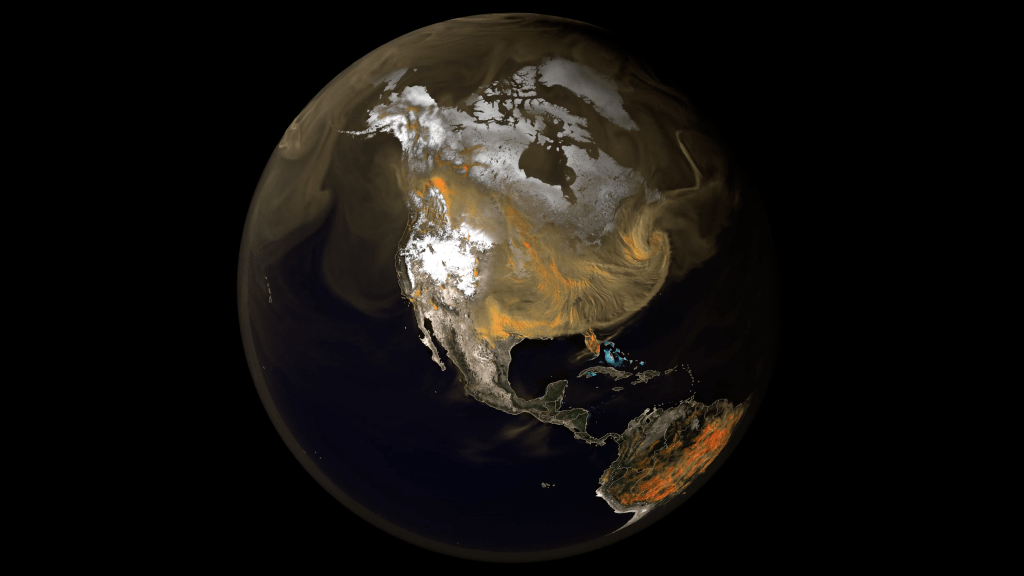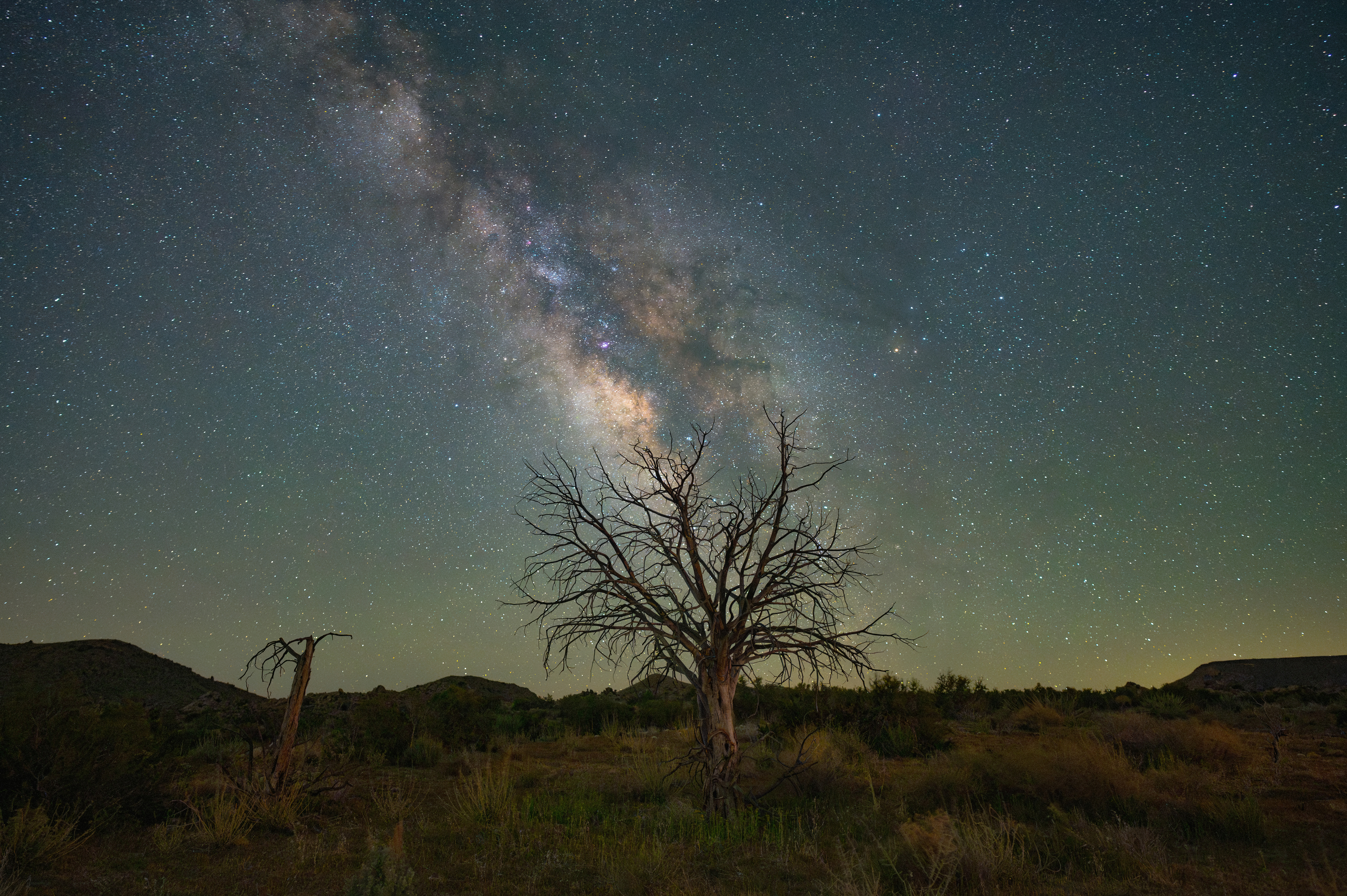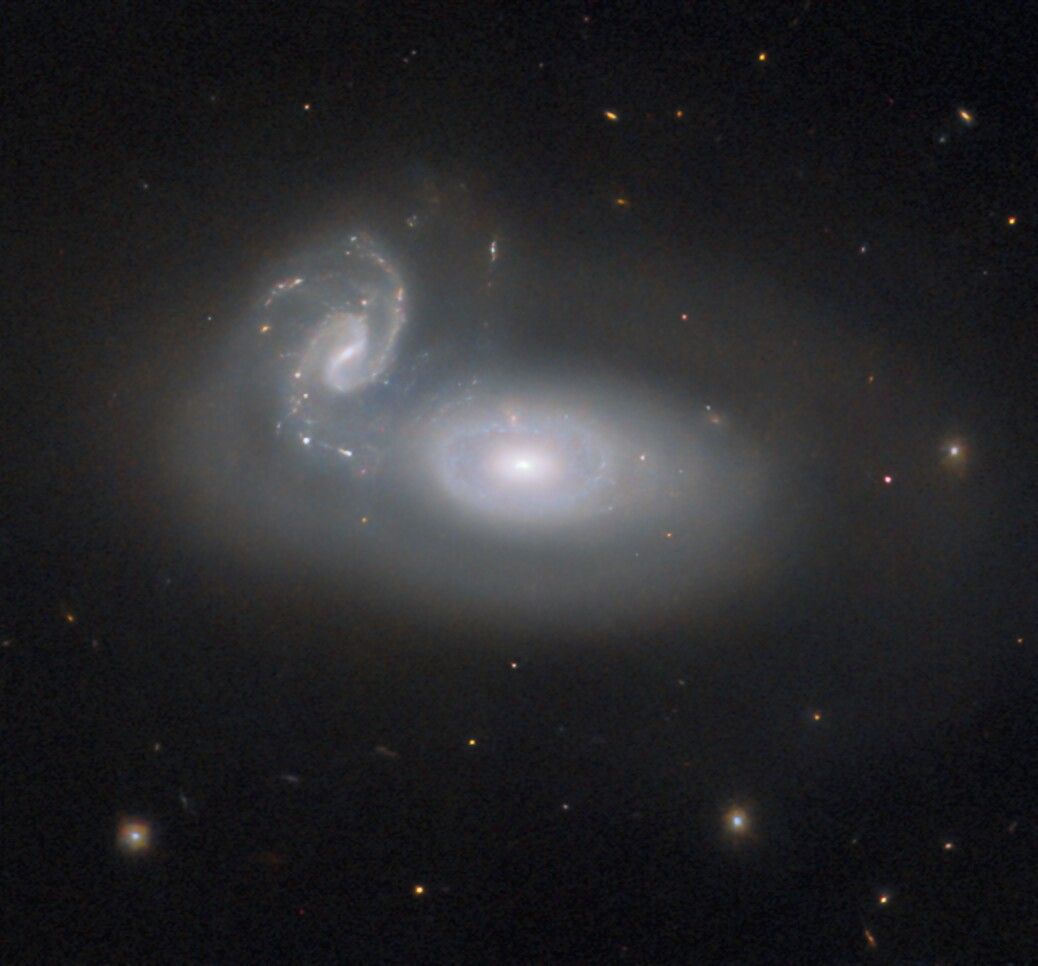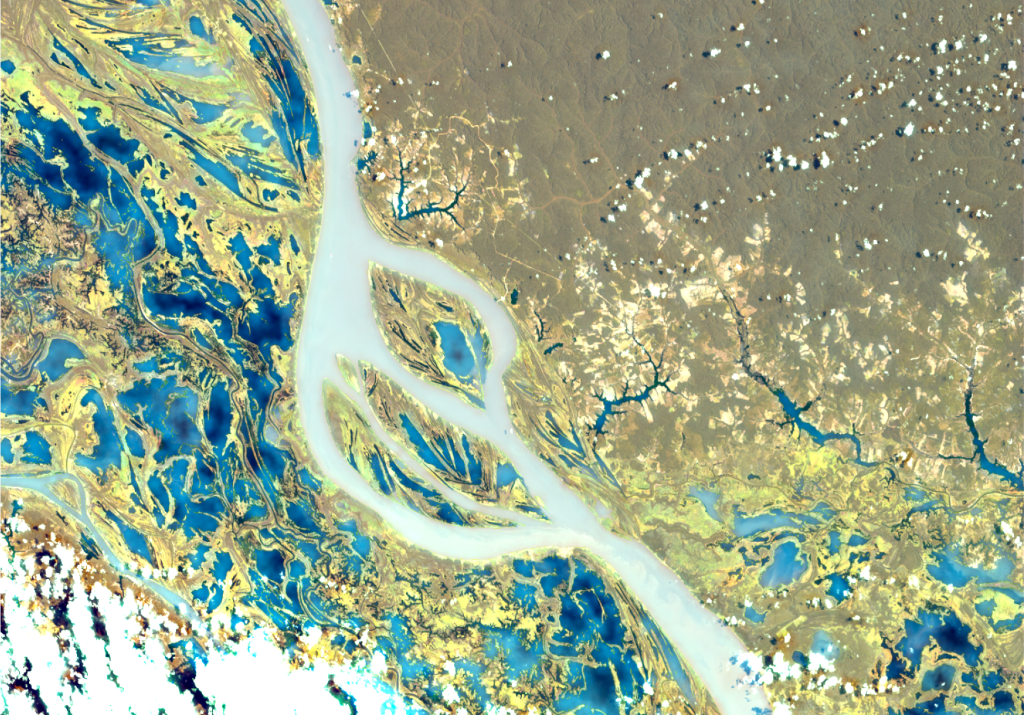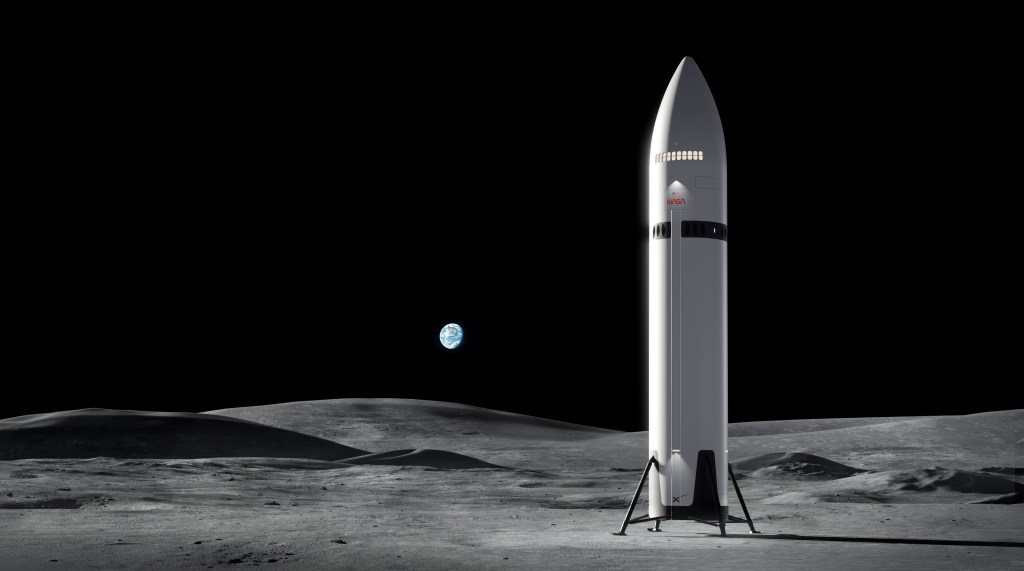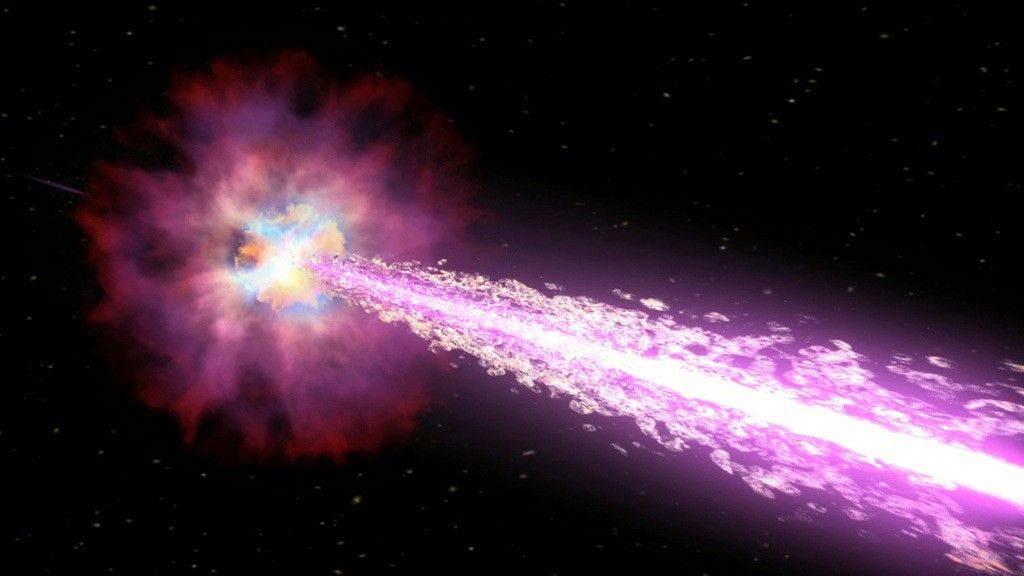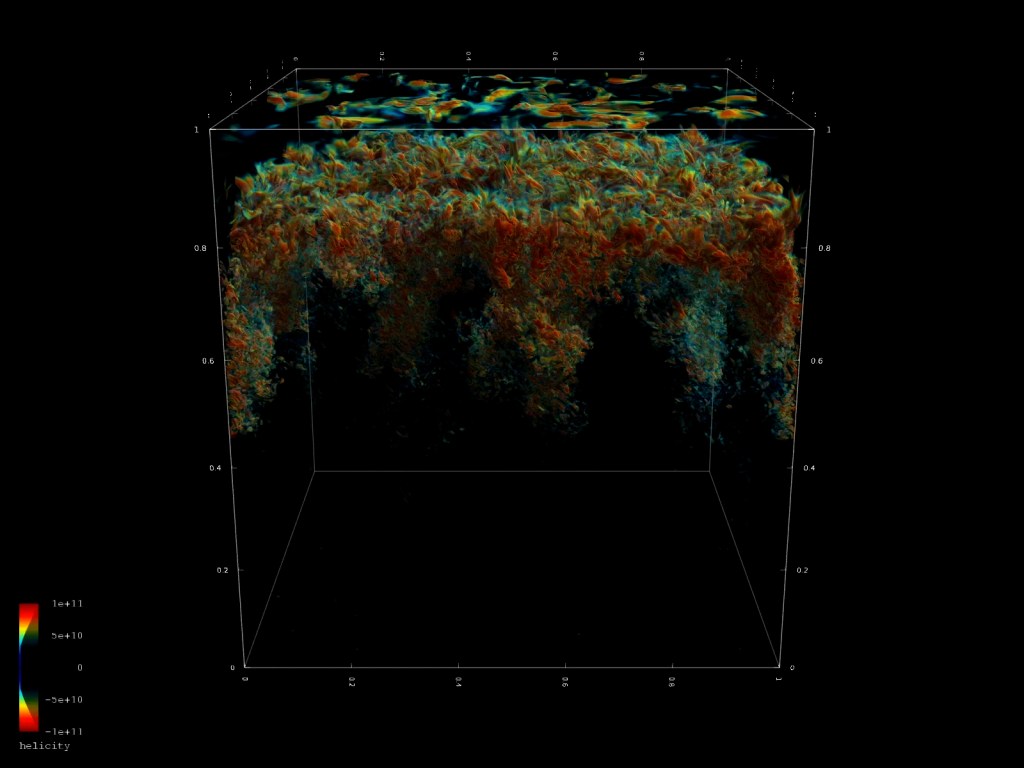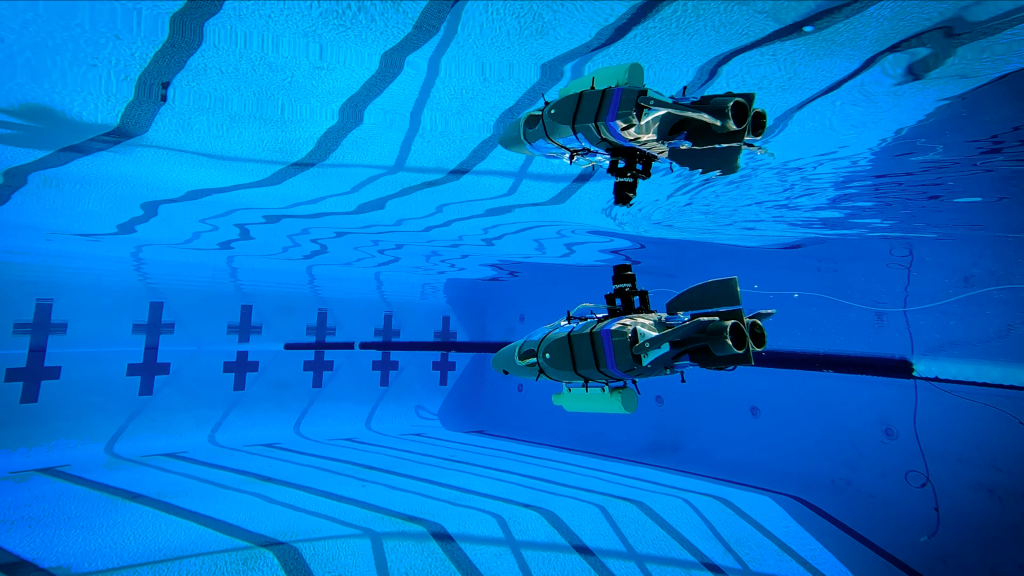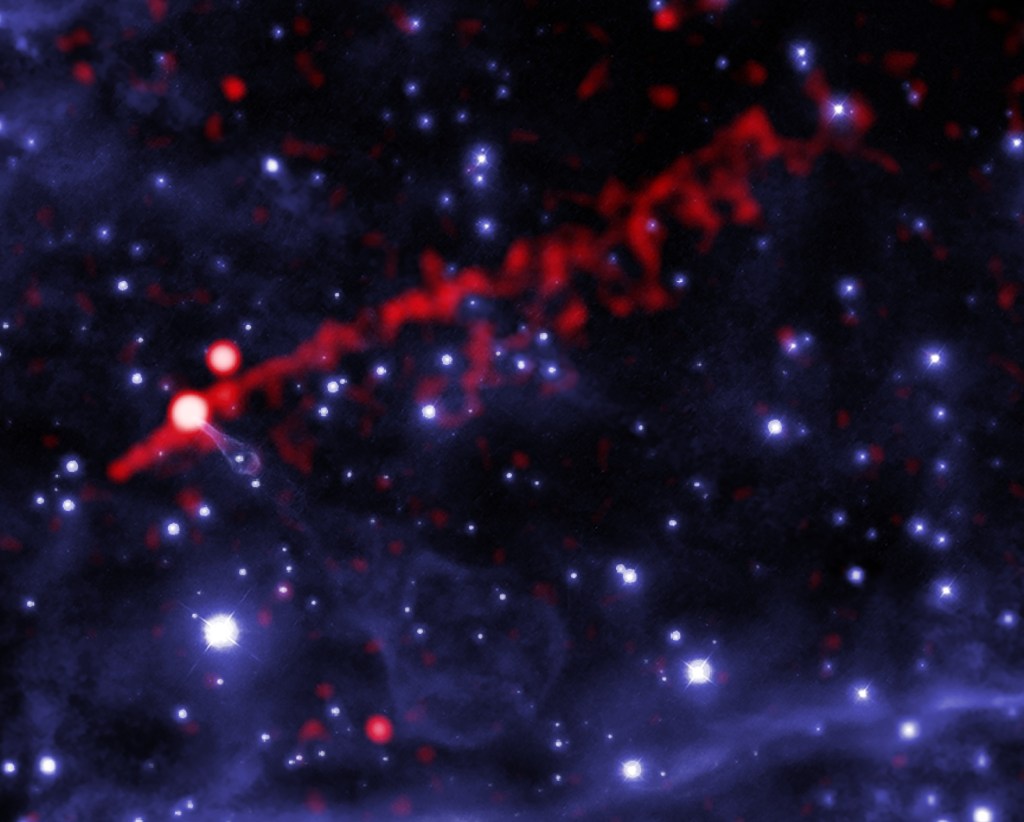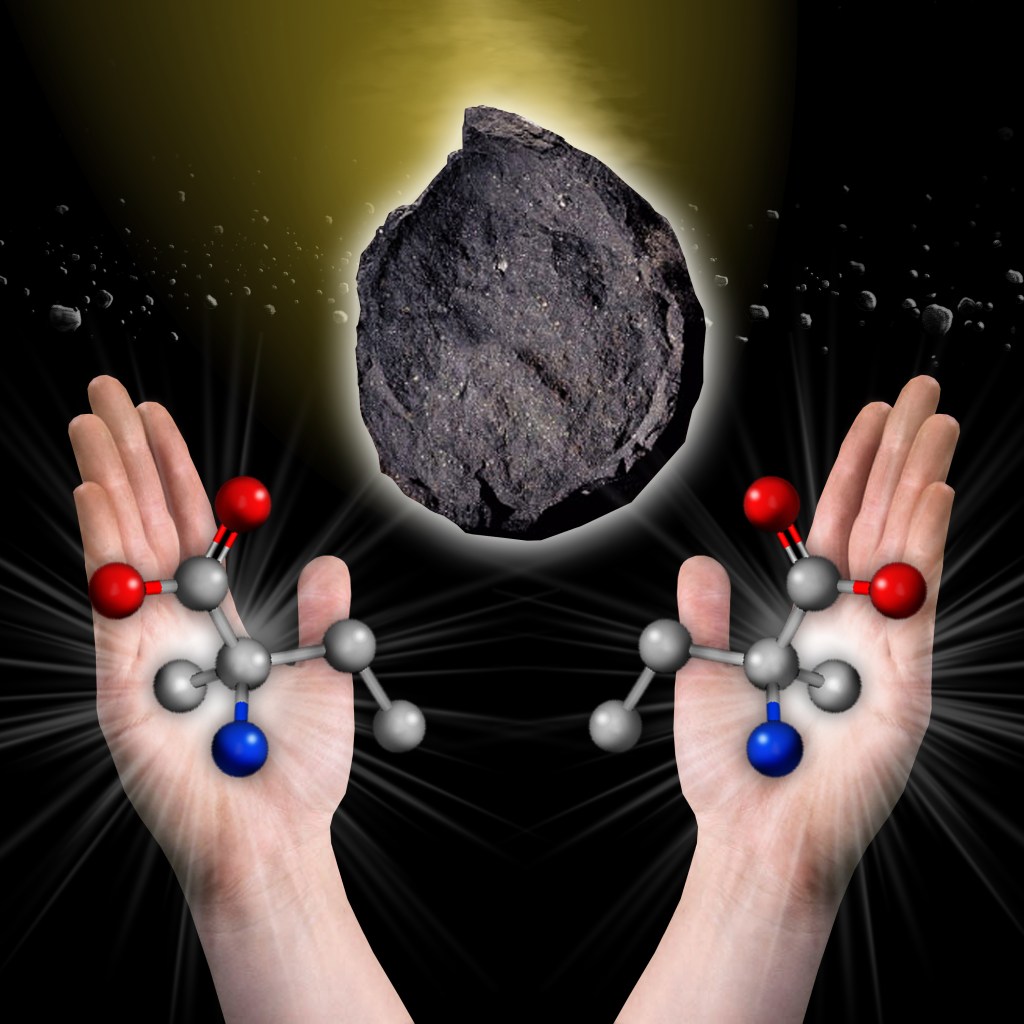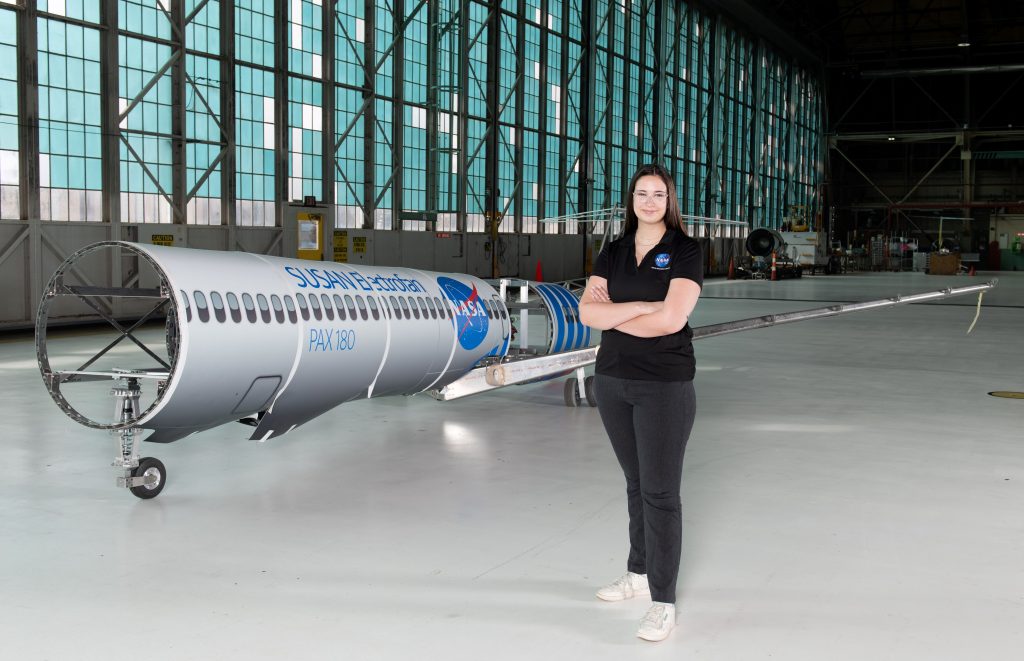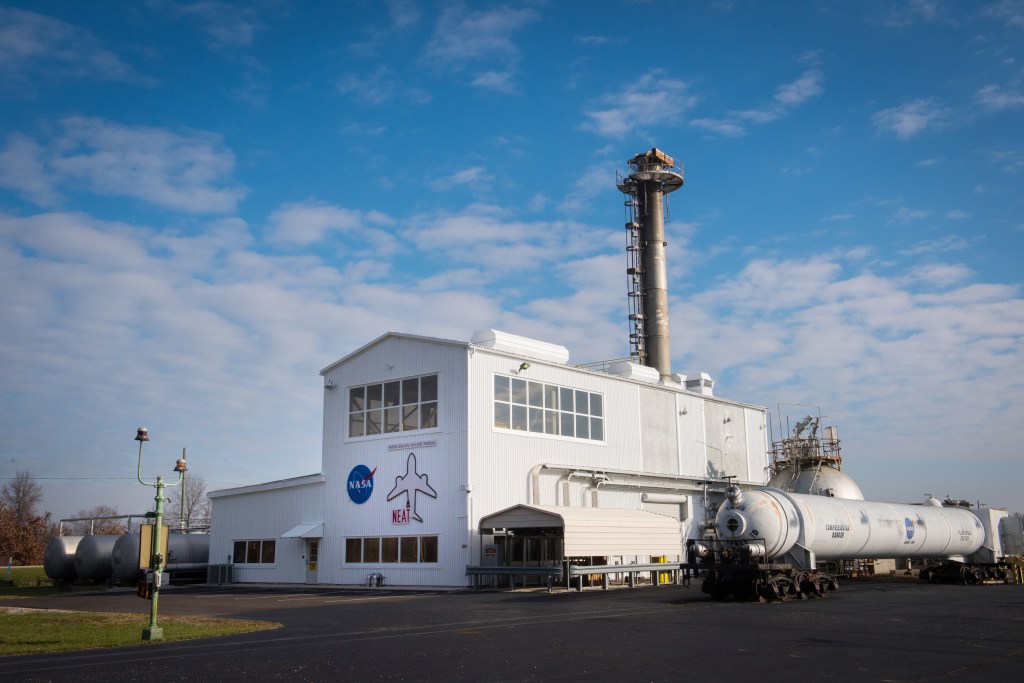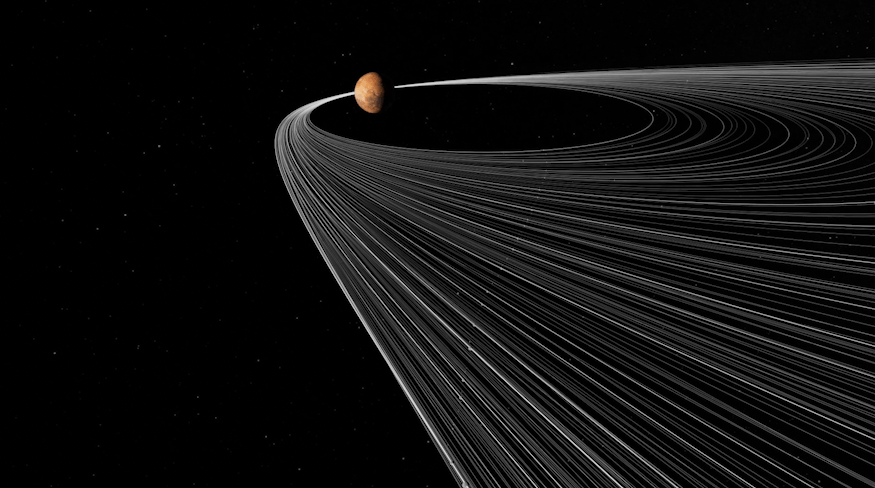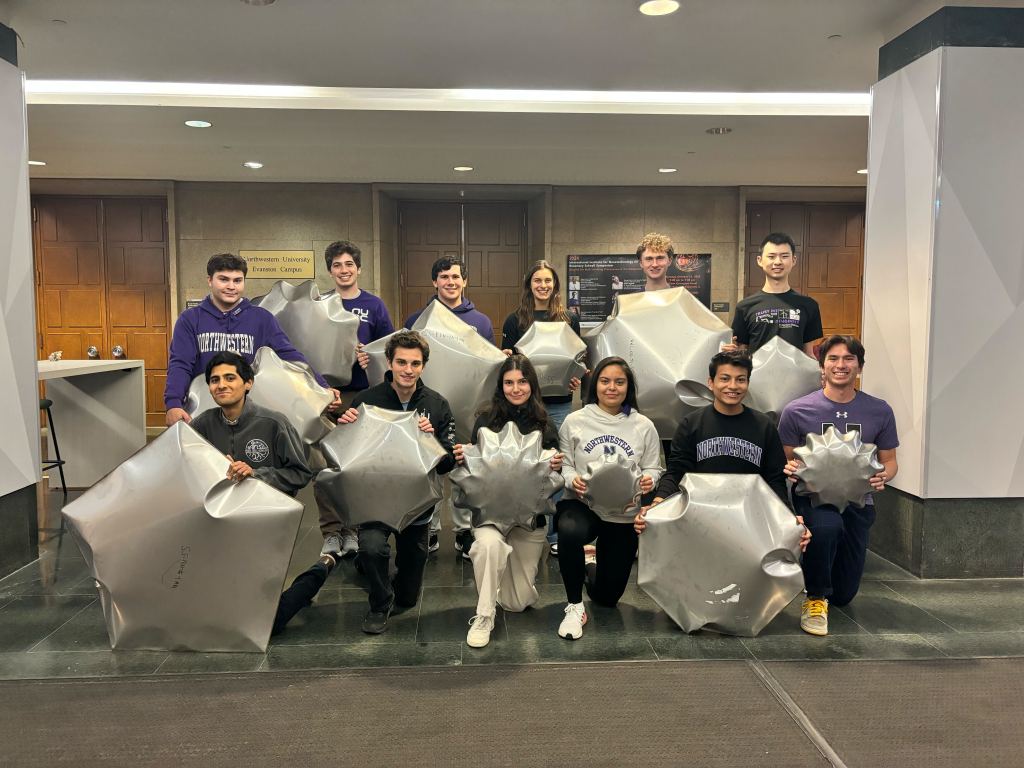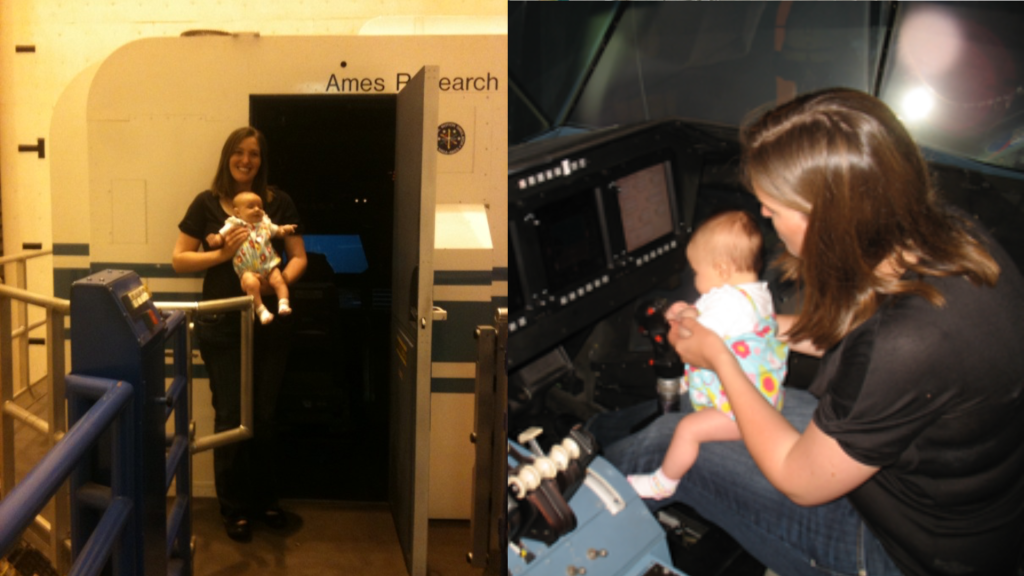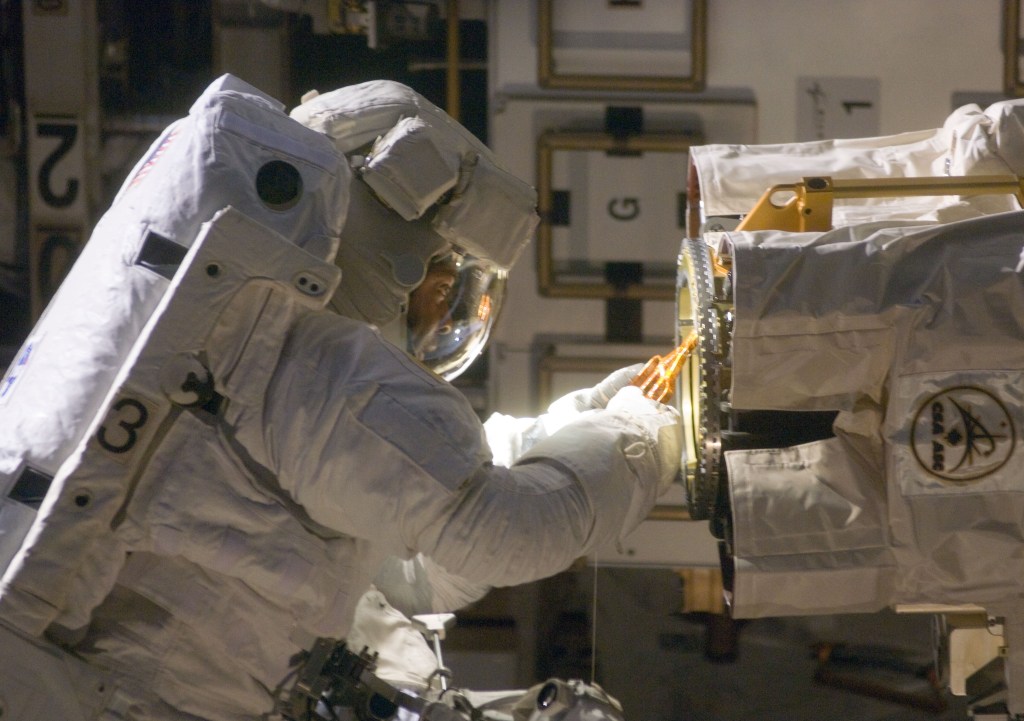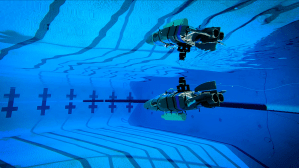In his new role, his leadership will be critical in fostering an environment of scientific innovation and excellence, ensuring that JPL remains at the forefront of discovery.
Distinguished planetary scientist and astrophysicist Jonathan I. Lunine has been appointed chief scientist of NASA’s Jet Propulsion Laboratory. He will officially assume his role Aug. 16.
As chief scientist, Lunine will guide the laboratory’s scientific research and development efforts, drive innovation across JPL’s missions and programs, and enhance collaborations with NASA Headquarters, NASA centers, Caltech, academia, the science community, government agencies, and industry partners. In addition, he will oversee the formulation of JPL’s scientific policies and priorities and guide the integrity of missions that JPL manages for NASA.
“I’m elated that Jonathan is joining JPL,” said Laurie Leshin, director of JPL. “As chief scientist, he will play a critical role in fostering innovation and excellence, ensuring that JPL remains at the forefront of scientific discovery and innovation as we dare mighty things together.”
Lunine currently serves as the David C. Duncan Professor in the Physical Sciences and chair of the Department of Astronomy at Cornell University in Ithaca, New York. A Caltech alumnus, he has performed pioneering research on the formation and evolution of planetary systems, the nature of planetary interiors and atmospheres, and where environments suited for life might exist in the solar system and beyond. His deep expertise will help JPL continue to seek answers to fundamental questions that crosscut the diverse science portfolio of the laboratory.
“My first experience working with scientists and engineers at JPL was over 40 years ago as a Caltech graduate student,” said Lunine. “From that time to the present, it has been clear to me that no other institution matches its combination of scientific breadth and engineering capability. JPL’s portfolio of missions and research projects across the gamut — from our home planet to the solar system, heliosphere, and universe beyond — is an extraordinary resource to the nation. I am thrilled to be able to play a leadership role on the science side of this remarkable institution.”
Lunine has collaborated with JPL on numerous missions. He was a guest investigator for the ultraviolet spectrometer on NASA’s Voyager 2 Neptune encounter and an interdisciplinary scientist on the Cassini/Huygens mission, and he is co-investigator on the agency’s Juno mission to Jupiter as well as for the MISE (Mapping Imaging Spectrometer for Europa) instrument on NASA’s Europa Clipper mission. Lunine is also a member of the gravity science team for Europa Clipper and the Gravity & Geophysics of Jupiter and Galilean Moons gravity experiment on the ESA (European Space Agency) JUICE (Jupiter Icy Moons Explorer) mission.
In addition, he served on the science working group as an interdisciplinary scientist for NASA’s James Webb Space Telescope and has contributed to concept studies for solar system and exoplanet characterization missions. A member of the National Academy of Sciences, he has chaired or co-chaired numerous advisory and strategic planning committees for the Academy, NASA, and the National Science Foundation.
As part of his new role, Lunine has also been appointed professor of planetary science with the Division of Geological and Planetary Sciences at Caltech.
“Jonathan will bring a tremendous amount of experience in planetary science to the Division of Geological and Planetary Sciences and the broader Caltech community,” said John Grotzinger, chair of the Division of Geological and Planetary Sciences at Caltech. “He has worked on a remarkably diverse set of science questions spanning the solar system and extending to exoplanets. We are thrilled to have him join our faculty.” A division of Caltech in Pasadena, California, JPL began in 1936 and ultimately built and helped launch America’s first satellite, Explorer 1, in 1958. By the end of that year, Congress established NASA and JPL became a part of the agency. Since then, JPL has managed such historic missions as Voyager, Galileo, Cassini, the Mars Exploration Rover program, the Perseverance Mars rover, and many more.
News Media Contact
Veronica McGregor / Matthew Segal
Jet Propulsion Laboratory, Pasadena, Calif.
818-354-9452 / 818-354-8307
veronica.c.mcgregor@jpl.nasa.gov / matthew.j.segal@jpl.nasa.gov
2024-078

